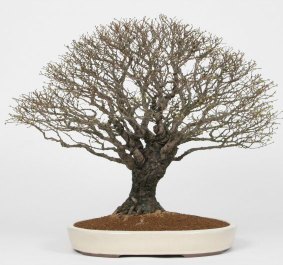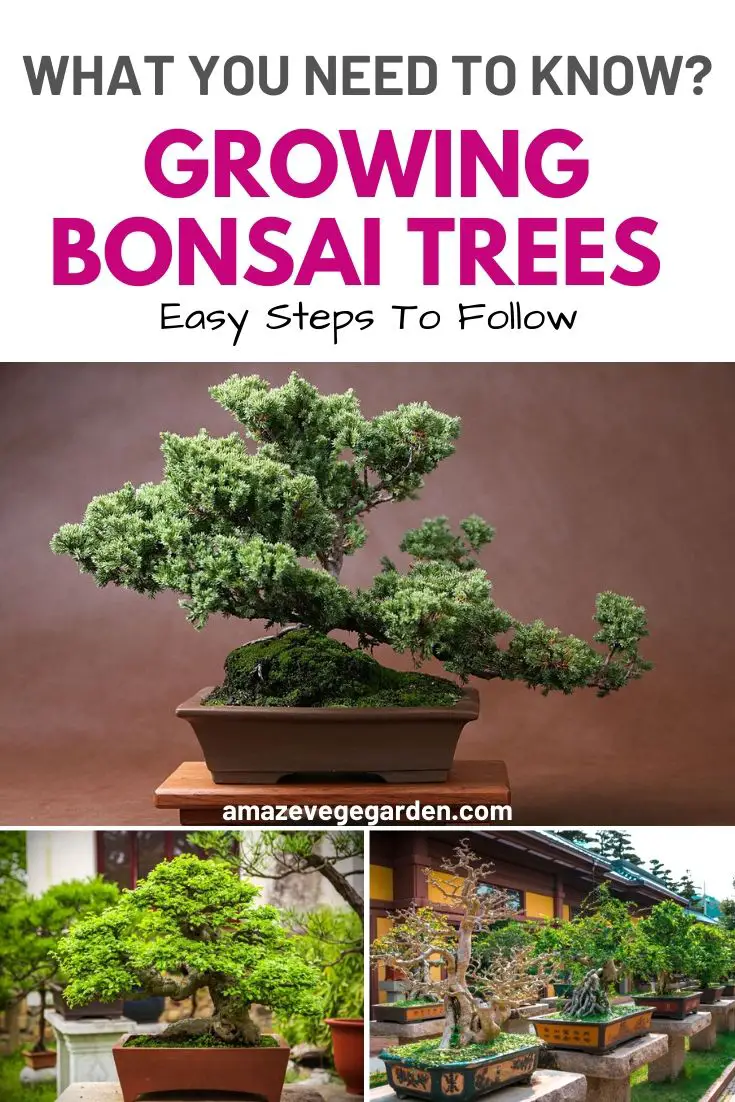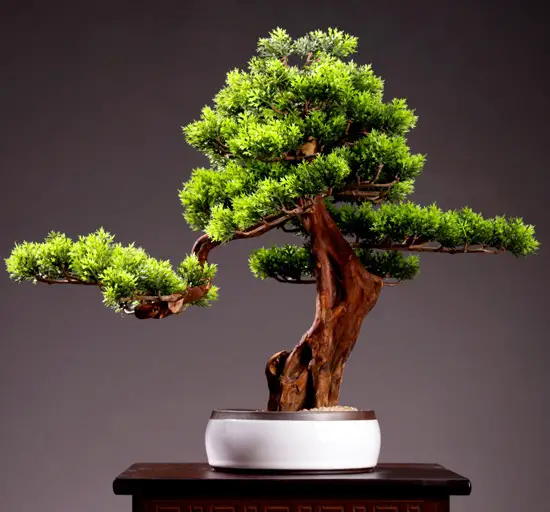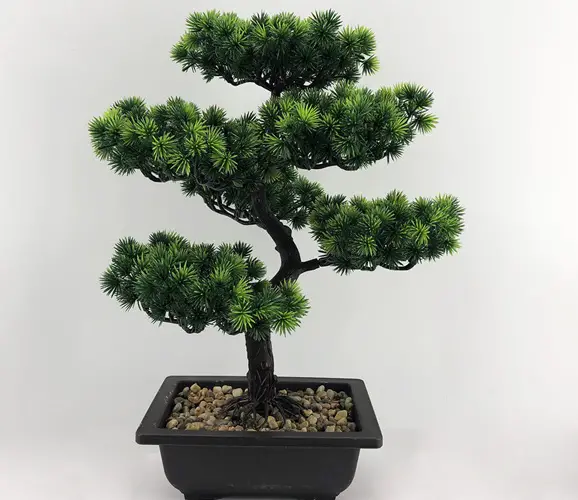Growing bonsai trees is more than a beautiful hobby. It is an art that has withstood the test of time and has gloriously revived over the centuries. The exquisite miniature trees have blissfully captured the imagination and heart of millions of people across the world, adorning homes in sheer style and sophistication.
A beautiful bonsai instantly spruces up your home décor, enhancing its aesthetic beauty and appeal. A perfect adornment for your stylish indoor and outdoor spaces, bonsai trees add a touch of royalty and exuberance to your home.
Background of Bonsai
The history of bonsai dates back to centuries when people first discovered the concept in ancient China. It’s the Chinese who brought these miniature plants to Japan over a thousand years ago. Japanese covets delicate and small things and, therefore, loved the tiny plants, the craze for which continued even during the modern era.
Over the last few decades, bonsai plants have become remarkably popular as an exclusive specimen for the affluent. It is a fantastic way of combining art and indoor gardening to create exotic miniature trees.
Remember, bonsai is typically a miniature version of a regular tree. They are not genetically modified to survive and grow in small pots and containers. The survival of the trees majorly depends on the skills and knowledge of the artist, appropriate environmental conditions, and how much attention is given for the bonsai to grow beautifully.
Not all trees are appropriate for specific styles that you wish to grow. Hence, it is important to consult an expert bonsai dealer to pick the right kind of tree depending on the unique idea that you have in mind.
It is important to understand that growing bonsai trees isn’t a quick hobby that you will master just in few days. It is an art that demands time and patience. Many people buy the already shaped and grown trees and then do a real massacre maintaining them from there.
Since the new buyer doesn’t have much experience in the plant, it may be hard to understand how to care for it. Hence, it is recommended to grow a bonsai from its seedlings, cuttings, or root settings. When you start from the beginning, you will better understand the peculiarities of the plant and how to take care of it delicately.
Finally, appropriate environmental conditions – natural sunlight or artificial lighting, moisture, and air – are the most important factors in taking good care of your bonsai tree. Make sure that you also know the basics of pruning and watering the tree correctly.
What are the Different Kinds of Bonsai Trees?
For centuries, bonsai trees have been adorning stylish homes, adding a royal and exuberant touch to the space. It is one of the finest ways of expressing your vision of art whilst accentuating your home’s aesthetic beauty and charm in the most impressive manner. Typically, bonsai trees are categorized based on their style and visual appeal. Discussed here are different kinds of bonsai trees that you can start with:
Broom Bonsai
An exquisite and unique broom bonsai tree features a thick trunk with no plunging branches near the base. The key highlight of the tree is its thick trunk and dense foliage near the top, which gives it an expansive look without spoiling its appeal.
 image source: about-bonsai
image source: about-bonsai
The thinner twigs are strategically pruned off to favor thicker branches, giving the bonsai a more dense and extensive look. The process of pruning is referred to as ramification. To add an impression of age, negative spaces are left between the upper part of the trunk and foliage.
However, you can also do away with the negative spaces and thicker branches, allowing only thinner twigs to grow around the trunk. This gives the tree a unique “3D” effect.
Clumped Bonsai
These are wonderful pieces of art that feature a wide trunk, with scope for growing additional woody branches or trunks with thick foliage. As additional trunks develop, it will appear that four bonsai trees are growing on the same pot, thus, creating a unique visual appeal.
The methodical pruning approach is taken here to ensure that the foliage on each woody trunk remains balanced, and every mini tree is highlighted individually when displayed. However, it is recommended to have a wide pot to grow this type of bonsai tree.
Cascade Bonsai
A cascade bonsai tree comes with a drooping trunk that you should give ample space to grow in a relatively taller pot. Typically, 8 short and thick branches are allowed to develop from the base.
Spacing between the branches becomes narrower as they approach the base and allow the tree to cascade downwards. Beautiful and dense foliage gives the impression that the tree is just a few years old.
However, make sure that pruning is done effectively to maintain the cascading shape of the foliage so that it does not spread out to the silhouette of the trunk.
It all depends on the artist’s skills, effective pruning techniques, and the amount of attention given to the tree to make the bonsai survive and grow in a small pot.
The Guide To Bonsai Pots
Bonsai trees are a delightful way to increase the tranquility of a home. The tree itself is only half of the equation. Pots are just as visible and should provide the same levels of peace as the tree.
Pots are also essential to the overall health and wellness of a tree. They are used to hold the roots and ensure adequate water and nutrition for a Bonsai tree to thrive. Several considerations will impact the proper decision.
Dimensions
The size of the pot is of crucial importance. The Bonsai’s roots need room to grow. If there is not adequate space for the roots, the tree will suffer. Oval pots should be at least 1/3 as long as a tree is high. Round pots should have a diameter that is 2/3 of the tree’s height.
The depth of the pot also plays a role in the overall health of a tree. The depth should be equal to the diameter of the thickest part of the trunk. It is always better to buy a larger pot, as this will provide the tree with more room to grow.
Shape
The shape of any pot should complement the tree’s shape. Some trees have a bushy canopy and are ideal for a round pot. Other Bonsai trees seem to prefer growing in a horizontal plane. This type of tree will do better in a rectangular pot.
Color
Trees all have their own unique characteristics. Some trees have more browns than greens. There are even Bonsai trees that will flower. Choosing the color of a pot will enhance the tree’s appearance. The tree must choose the pot.
Bonsai trees need to be at home in their pots, and the colors of the tree and pot should blend. This will create a harmonious environment that a Bonsai needs to thrive.
Texture
Pot texture is also an essential consideration. Some trees have gnarly roots and are ideal for a pot that is carved in relief. Pine trees are a common Bonsai tree, and they should have a pot that is lightly textured. The texture will enhance the feature of the bark and help the Bonsai blend into its home. Clay is often the material of choice. Clay is easy to provide subtle textures and will complement the Bonsai tree.
Choosing the right pot for a Bonsai tree is easy to do. Tranquility is just one of the features that a Bonsai provides the home. The pot should be an extension of any tree. Pots provide room for the roots and offer an aesthetic design that should complement the Bonsai.
The size is the first consideration. Bonsai trees need to have plenty of room for their roots. Roots provide the sustenance that enables a tree to thrive. Pot colors should match the tree and complement the look. Textures should also be considered and blend with the bark of a tree and the branches.
Read also: Bonsai Trees for Beginners – Important Tips for You




